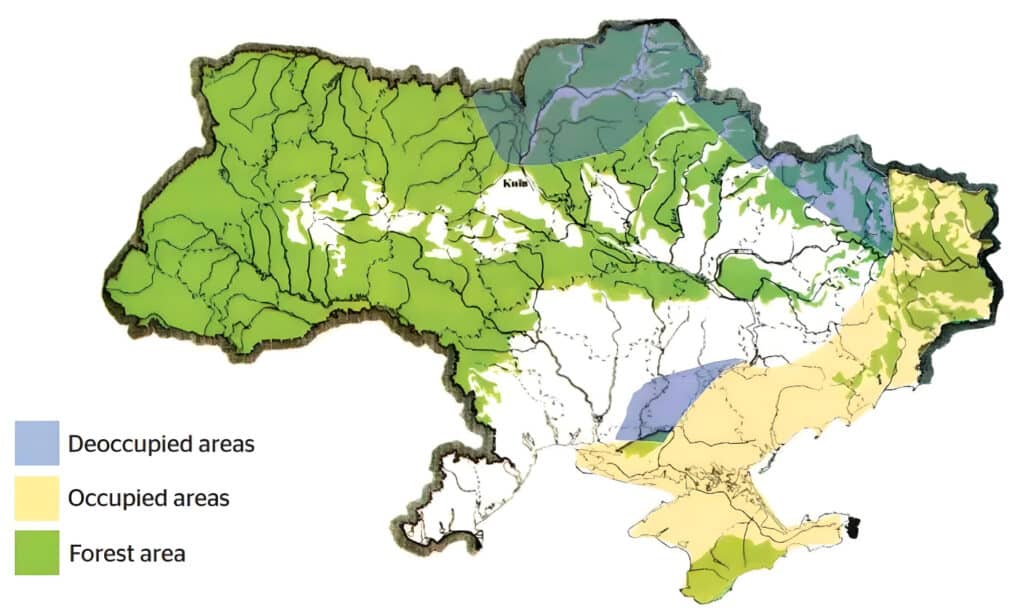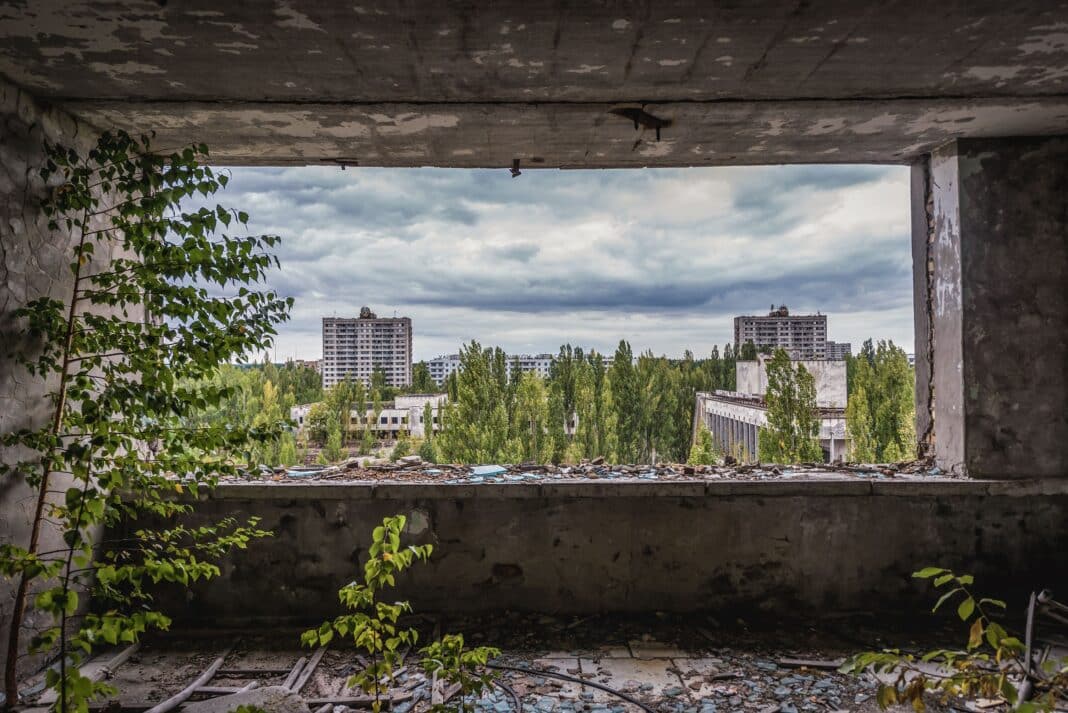Out-of-control forest fires deep in the Chornobyl exclusion zone are likely to blame for increased levels of radioactive caesium (CS-137) detected on Russia’s Arctic border. That is, according to the Norwegian Radiation and Nuclear Safety Authority (DSA), which has reported “very low” levels of live radioactive caesium at the Norwegian-controlled Svanhovd and Viksjoefjell outposts.
The authority detected elevated levels of radioactive caesium at Svanhovd from September 9 to 16 and at Viksjoefjell from September 5 to 12; however, it said the levels did not risk humans or the environment.
“DSA always finds caesium at all air filter stations in Norway, and this often comes from stirred-up dust from old fallout from the Chornobyl accident,” it added. “This time, it is most likely that the forest fire around Chornobyl is to blame.”
It also said that slightly higher caesium levels had been detected at all eight of its collection stations: “The detected amounts are very small.”
On April 26, 1986, Reactor No. Four of the Soviet Union’s Chornobyl nuclear power plants went out of control, leading to an explosion and fire that demolished the reactor building and released large amounts of radiation into the atmosphere. The accident spread Iodine-131, Caesium-134 and Caesium-137 across parts of northern Ukraine, Belarus, and Russia, as well as in northern and central Europe.
Ukraine has been battling fires deep in the exclusion zone
On September 9, Ukraine’s State Emergencies Service (DSNS) confirmed that 399 firefighters were involved in putting out a fire on open territory in the Kyiv region.
That statement said that experts had assessed and found that the radiation levels were within the norm. The statement did not specify where the fire was, but a spokesperson for the DSNS later confirmed to Ukrainska Pravda, a Ukrainian media outlet, that the fire was in the Chornobyl exclusion zone.
“We have speculated that the emissions could possibly originate from forest fires in the Ukraine area, which might have lifted radioactivity into the air,” the DSA said, adding that air currents had been coming from the direction of Chornobyl.
When asked about the elevated radiation readings, the Kremlin said Russian services had not issued any alerts on higher radiation levels in the atmosphere.
“There were no warnings from our relevant services about an increased level of certain isotopes in the atmosphere; there are no warnings about threats to human health,” said Kremlin spokesperson Dmitry Peskov.
Chornobyl is ground zero for reckless and unsafe practices.
Last month, Wood Central revealed that Ukraine’s forests remained under siege for almost 1000 days since the start of the Russian invasion.
While the vast majority of forests used for timber production are not involved in direct combat, new research suggests that up to 14% of Ukraine’s total timber stock—or about 377 million cubic metres of growing volume—has been damaged by heavy shelling, contamination, and unexploded ordnance.

This includes the Red Forest – the most radiated area in Chornobyl – where Russian reckless and unsafe practices have led to an elevated risk of radioactive dust: “The nuclear radiation issue is due to the Russian troops driving their armoured vehicles without radiation protection through the Red Forest,” according to a Forest Europe report published last year. “The radiation content in the atmospheric layers increased and moved to other areas through air masses.”
“In 2022, the Russian military began to build fortifications in the Red Forest, thereby increasing the risk to people and the environment due to the highly radioactive dust in the soil’s deeper layers.”
At the same time that the burnt-out forest is becoming a combat zone, Wood Central earlier this year revealed that Ukrainian (and Russian) crime syndicates are falsifying documents and selling deforested timber from within the Chornobyl exclusion zone, with syndicates converting the proceeds of crime into foreign currency, and using conflict and illegal logging to fuel an extensive criminal network.
- Click here for the latest research on how the war is driving elevated fire risk and highlighting the need for more ecologically sound forest management in post-war Ukraine.






